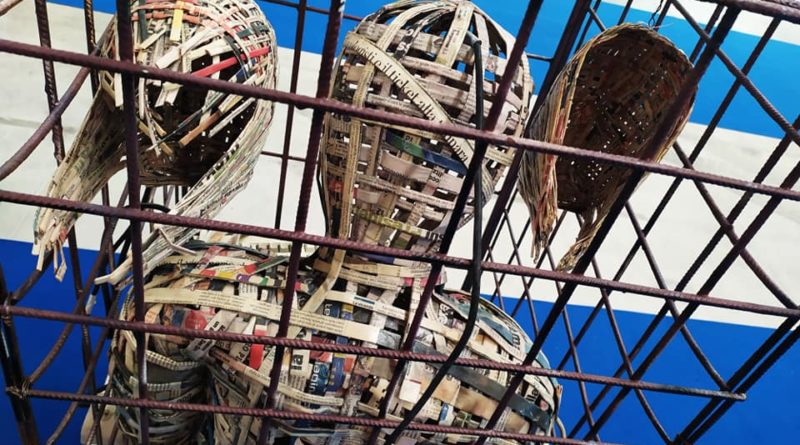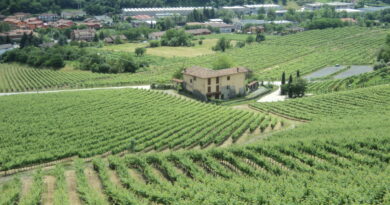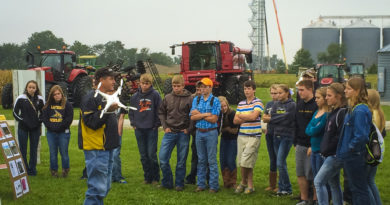RiscArti and its Debut at Maker Faire 2019: When Objects Revive in a Work of Art
RiscArti the green festival has celebrated its 7th edition this year at Maker Faire Rome 2019, one of the events created by the magazine Make to celebrate arts, crafts, engineering, science projects and the Do-It-Yourself mindset.
RiscArti pavilion presented the works created by 22 artists: an exhibition of objects first discarded and then meticulously reassembled, “things” victims of the material itself of which they are made or of their programmed obsolescence. At RiscArti, objects live more than once.
In the exhibition area visitors were able to walk around and meet some of the artists who made the sculptures and installations present by RiscArti. Waste is ennobled to perform other functions, so that nature is saved from contamination by becoming itself the raw material of art.
Each of these declinations on recycling, shows us how to recover and reassembling the pieces, removing them from the waste loop and putting them back into a virtuous circuit, giving a new identity or functionality to the object.
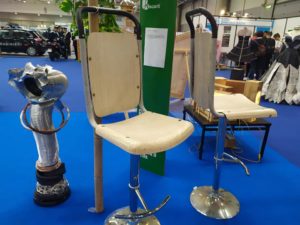
The concept
RiscArti promotes a multidisciplinary format to find creative solutions to the encumbrance of waste. Probably art will not be able to take all the waste from the streets, all the plastic from the seas and clean up C02 emissions from the air, but it is important to contribute to forming values of sustainability and commitment to the environment, changing use dynamics. The aesthetics of waste is the contribution of RiscArti to unfold new scenarios to our eyes and help renew models of thought and lifestyles related to a post-consumer era in decline.
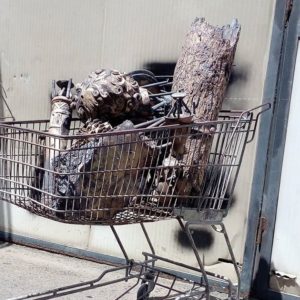
Some of the works on display
These are not my legs is a work in recycled wood, foam rubber, galvanized iron, is one of the series Fragile Skeletons (Scheletri Fragili) by Giovanni Longo. Woods collected on the beach, marked by woodworms and protected by their bark, engraved in their grains like wrinkles by water and split by the sun. These pieces of wood are assembled to compose the subject, of which the artist studies the anatomy and from there searches for the pieces brought back to the shore by the sea, to build works meticulously assembled, delicate and disorienting.
Two artists from Japan have also exhibited for RiscArti. As Japanese citizens, they know very well what does mean living in a polluted town. The two artists have announced that the medals for the Tokyo 2020 Olympics will be made by artists who reuse waste from smartphones and tablets.
Holland was represented at RiscArti with two works: one made with egg cartons and the other one with sandwich bags.
Also on display was a work entitled One-room Wi-Fi for Two (Monolocale Wi-Fi per Due), a collaboration between the artists Lac69 and ERa. Their work represents an electro-welded steel cage, a narrow space with wires and cables; inside the cage a human figure made of old newspapers, which are now little readable, with a keyboard and a monitor. A reflection on the dependence of our times on technology that annihilates us, preventing us from moving and acting in time to save our Planet.
For Greece exhibited Sokratis, an artist who collects electronic materials that become cells covering his mannequins (As We are Today is the title of his work).
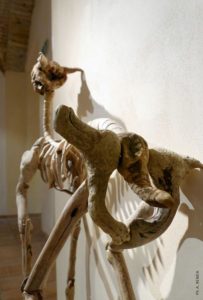
Maker Faire Rome 2019
The seventh edition of the Maker Faire Rome, The European Edition, has made to record more than 100,000 visitors. This faire represents the most important event dedicated to technological innovation, told in a simple and informal way, organized by the Chamber of Commerce of Rome through its special company Innova Camera.
We are glad that sustainable art is receiveing such increasing attention, considering that sustainable development represents a challenge for contemporary art as a whole.
__________________________________________________________________________________________________________
Photos and video: courtesy of RiscArti
Dust, a performance of Silent Crash at RiscArti 2018

